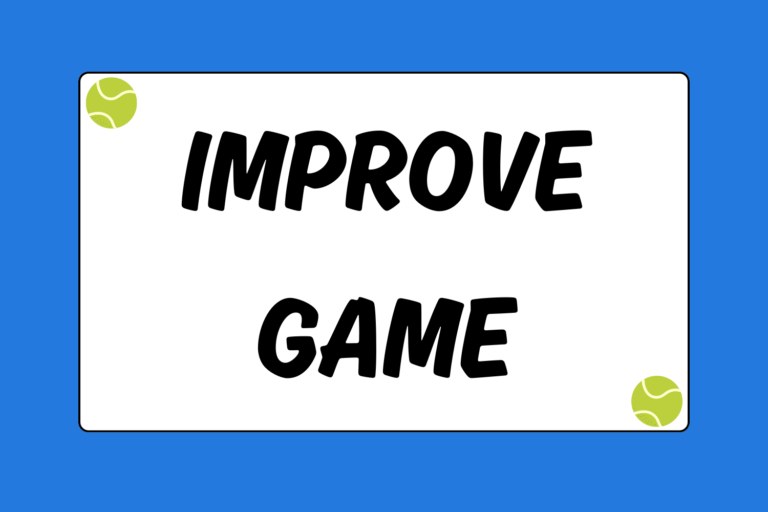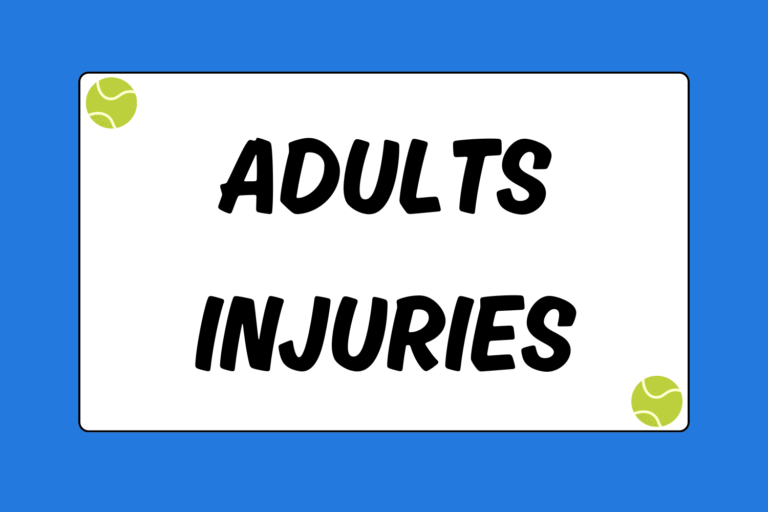Great tennis players don’t have any glaring weaknesses: They can serve, hit from the baseline, play at the net, and stay in points with their defense. Advanced players are well-rounded athletes that can cover the court, yet still hit aggressive shots that put them on the offensive. It’s important to sharpen certain areas of your game and become comfortable with specific shots before you step onto the court and try to battle an experienced opponent. This guide outlines the three most important shots in tennis, and describes why you need to master each stroke.
1. The Serve
Serving stands alone as the most essential and valuable shot in the game. Acing your opponent is the quickest and perhaps most intimidating way to win a point. You can climb back into the game, change the momentum, or take a commanding lead with one swing of the racquet. Undoubtedly, your opponent will be scratching his head as he tries to figure out a way to neutralize your big serve.
However, a weak serve allows your opponent to return the ball aggressively and dictate the point. Even worse, inconsistent serves bring tennis players face-to-face with their arch nemesis: Double faults. Perhaps the worst error in the game, double faulting hands your opponent a free point and crushes your spirits. Unforced errors are often the deciding factor in a close match, so limiting double faults is absolutely necessary. Taking yourself out of the point before it even began is the worst mistake you can make.
The serve is the only shot in tennis that you have complete control over where you place the ball, how you spin it, and how fast you hit. You can end the point before your opponent ever puts a racquet on the ball and storm through a game with as few as four swings. A dominant serve is the biggest weapon in the game and it can make you a formidable opponent by itself.
Mental Edge
Becoming a great server doesn’t mean you have to serve with pace. Although fast serves are among the most difficult to return, hitting with spin and placing the ball can make a serve just as difficult to handle. Play to your strengths: If you can produce a big kick on your serve, mold your technique around your best asset. Don’t force yourself into a corner by playing outside of your limits and serving at an unreasonable pace.
2. Service Returns
The runner-up for most important tennis stroke is the second shot of the point: The service return. You can jump on your opponent’s serve and win the point quickly with a winner or you can put the server on the defensive with a solid return. Like many other strokes, there are two main types of returns: A quick-reaction and an aggressive return.
Quick-reaction Returns
Here, the returner simply gets his racquet on the ball and pokes his return back over the net. Quick-reaction returns are common when the returner is fooled by the placement, speed, or spin of the serve. In general, the returner simply wants to get the ball back over the net and stay alive, rather than trying to take control of the point. Big servers commonly force their opponents into quick-reaction returns.
Aggressive Returns
Ideally, you want to take an aggressive swing on the service return and dictate the point. You should be able read the ball better and take more decisive swings as you become more familiar with your opponent’s serve. Over the course of a match, you may notice tendencies or adjust to the pace of your opponent’s serve. Aggressive returners move in towards the net as they swing, rather than falling towards the back fence. Second serves are an obvious situation where you want to take an offensive swing, but you should try to rip the ball as the match unfolds and you become more comfortable.
3. Topspin Groundstrokes
Although service returns technically fall into the “groundstroke” category, it’s best to separate the two types of strokes because you hit them in different situations. Most singles players are heavy baseliners and they try to wear their opponents down by ripping groundstroke after groundstroke. You need to know how to hit with topspin if you want to hang with your opponent and last deep into matches.
Hitting with topspin allows you to stroke shots with more consistency, depth, and pace. You’ll be able to clear the net with a higher margin for error, while hitting aggressive shots that put you on the offensive. In addition, topspin causes the ball to burst off of the ground as it bounces, making it much harder to return.
Topspin is the favored shot among professionals and a necessary stroke to have in your arsenal. Topspin provides the consistency you need for long, grueling matches, while also allowing you to hit with pace and depth. It’s a versatile shot that can be used in nearly any situation against any opponent.
Round it Off
Tennis is a game of consistency, so it’s important to become comfortable with a wide variety of different strokes. However, you need to know how to serve, return serves, and hit topspin groundstrokes if you want to take your game to the next level. Mastering these three shots is an ideal starting point for beginners and a great point of emphasis for advanced players. You should be able to hang with even the toughest opponents if you can hone the skills outlined in this guide!





